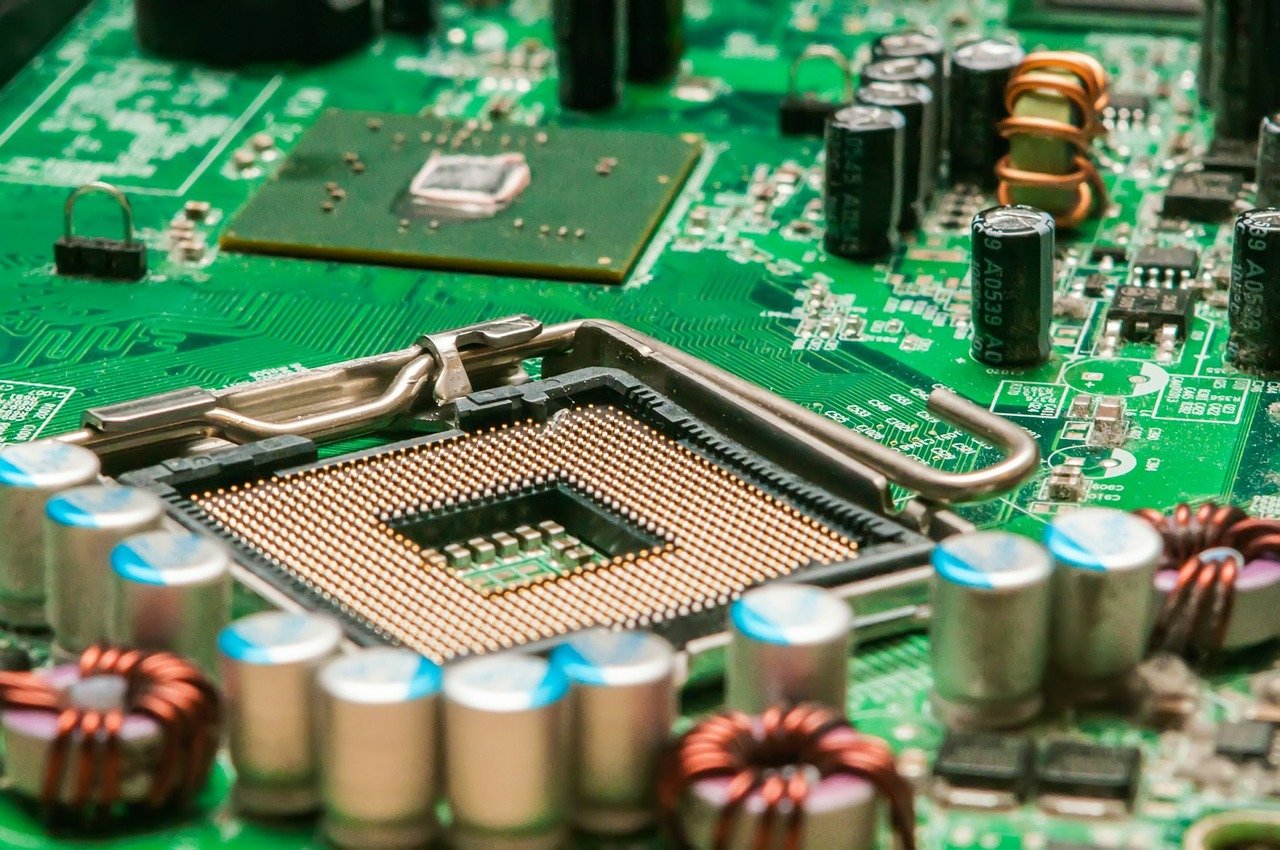Manufacturer cross-reference PDFs and tools can be useful resources when trying to find alternatives for a particular component. However, these cross-references are typically only made for the simplest passive components, meaning that it can be difficult to find a compatible replacement for a niche part such as a coupled inductor or common-mode choke. This is where automated cross-reference tools step in, reducing engineering time for finding a replacement by looking for parts with similar mechanical and electrical properties and presenting them in an easy-to-compare ranked format. In this article, we will look at finding replacements for the Eaton Econo-Pac® series of coupled inductors, transformers, and inductor arrays using the automated cross-referencing tools available at sourcingbot.com.
Challenges in Coupled Inductor Cross-Referencing
Coupled inductors can be difficult to cross-reference for a variety of reasons. First, they are often grouped with normal fixed inductors, which they are not compatible with. For example, if we look at the CTX0474PR from Eaton on Octopart, we get the following similar parts table:
None of the similar parts are coupled inductors; they are all normal inductors. This means that the recommendations are useless, possibly even misleading, for engineers.
Secondly, unlike a two-port fixed inductor, coupled inductors and transformers have a particular pinout, meaning that the device may not operate in the same way if the component is rotated. This means that two coupled inductors with the exact same electrical specifications and footprint could be incompatible with one another due to the internal wiring.
Third, an engineer typically needs more information than what can be typically found in the datasheet in order to verify a cross-reference. A temperature vs. DC current relationship is important to know for thermal considerations, while impedance vs. frequency, inductance vs. frequency, and inductance vs. DC current are also helpful in determining if two coupled inductors are compatible. These relationships are not typically available at distributors or on the datasheet and must be checked by the engineer at the manufacturer’s website or in the lab.
Finding the Right Coupled Inductor Cross-Reference Fast with Automated Tools
The engineers at SourcingBot have taken these three difficulties into consideration when designing their cross-referencing tool for coupled inductors, transformers, common-mode chokes, and inductor arrays. These parts are grouped separately from two-port fixed inductors, datasheets and footprints from UltraLibrarian are available, and lab-measured data is displayed alongside the similar parts and datasheet information.
Let’s look at the same example as in the previous section, the Eaton CTX0474PR. If we search for this part number on sourcingbot.com we come to the part page at https://sourcingbot.com/passive-components/inductors-chokes-coils/arrays%2C-signal-transformers/eaton/ctx0474pr, which has datasheet information, similar parts, laboratory measurements, pricing, and availability from distributors. The match table shows the most important specifications, including inductance, DC resistance, rated current, length, width, shielding, and more, and the matches are ranked by a transparent similarity score, given out of 100 percentage points. All of the latest products from top inductor manufacturers are compared, making it easy for engineers to assemble their cross-reference lists quickly and reliably. Here we find replacements from API Delevan’s 4448R series, as well as more similar Eaton parts.
The SourcingBot website can also cross-reference an entire bill of materials automatically. Just visit their tool at sourcingbot.com/xref-tool and upload a bill of material to get started. It can return replacements from all manufacturers or from a given list of manufacturers. In addition to transformers, coupled inductors, and common-mode chokes, SourcingBot can calculate cross references in many passive component categories, including resistors, capacitors, and inductors, as well as many connector categories, including circular connectors, terminal blocks, FFC and FPC connectors, and more.



 Bitcoin
Bitcoin  Ethereum
Ethereum  Tether
Tether  XRP
XRP  Solana
Solana  USDC
USDC  TRON
TRON  Cardano
Cardano  Lido Staked Ether
Lido Staked Ether  Avalanche
Avalanche  Toncoin
Toncoin